Gallery VIII, a permanent exhibit at the second floor of the National Museum of Fine Arts, features 20 paintings by Filipino artists who want to show the painful and hard life during the Imperial Japanese Occupation during 1941 to 1945, liberation of the Philippines by American and Filipino forces and the damage that happened in Manila during the war. Unofficially dubbed as the “War Gallery,” it contains images that may be disturbing to some viewers due to its disturbing, violent and graphic scenes.
Check out “National Museum of Fine Arts”
National Artist for the Visual Arts (1972) Fernando Cueto Amorsolo (1882 – 1972), a known portraitist and a painter of rural Filipino life, also witnessed and experienced the stark reality and ravages of World War II, choosing city-dwellers coping with the Japanese Occupation as one his subjects. Amorsolo spent his days at his home near the Japanese garrison and he documented the destruction of many landmarks in Manila and the pain, tragedy and death experienced by Filipino people, with his subjects including “women mourning their dead husbands, files of people with pushcarts and makeshift bags leaving a dark burning city tinged with red from fire and blood.
Due to this time of war, from his light and peaceful creations, he shifted to scenes of destruction. The 9.8 x 12.5 in. Burning of Manila (1942) depicts Manila ravaged and almost engulfed in flames. Upon closer inspection, you can also see Filipinos fleeing from the scene, carrying their meager possessions.
The 31.4 x 39 cm. Ruins of the Legislative Building (1945, oil on masonite) is a study of stark contrast where destruction is set against the nonchalant beauty of the sky, a silent yet poignant testament to the human folly and the transitory nature of reality.
The Burning of Sto. Domingo Church (1942) captures, on canvas, the magnitude and intensity of the fire through his trademark application of hues, texture and perspective, as well as the concerted effort of the firemen and the Dominican clergy to save the sanctuary.
Simplicia “Nena L. Saguil (1914 – 1994), a pioneering female abstract painter, has two oil on canvas paintings on display, both painted in 1949 – Ruined Gate of Fort Santiago (a small but quite powerful reminder of the importance of preserving our built heritage from the vagaries of war) and Ruins of Quiapo Street.
Right after the Liberation of Manila in 1945, when the country was still reeling from the shock of over 100,000 men, women and children slaughtered, bayoneted and senselessly butchered in Manila, Nueva-Ecija born Diosdado Magno Lorenzo (1906 – 1984), well known for his expressionist landscapes rendered in cool, bright and striking tones of white and blue, did his 200 x 173 cm. Rape and Massacre in Ermita (1947, oil on canvas), one of his largest artworks.
A particularly haunting image of violence, it depicts a typical scenario during World War II where Imperial Japanese soldiers attack a Filipino family’s home in Ermita. Lorenzo showed, with harrowing clarity, how Filipino men were slain, women were raped, stabbed and shot, and helpless children were orphaned when Japanese soldiers attacked. In the background, a woman with long hair is naked and hurt.
Lorenzo also portrayed the destruction wrought on the city’s business district in his Ruins of Escolta (1946) and Ruins of Sales Street, Quiapo.
Dominador Hilario Castaneda (1904 – 1976), a contemporary of Fernando Amorsolo, diverged from the characteristic style of the Amorsolo School and a different direction, especially in terms of color. On display in this gallery are four of his paintings that depict the horrors of war as a personal one in this dark era – Doomed Family (1945), Death March (1948, oil on canvas), Ravaged Manila (1945, oil on canvas) and Fugitive from the Japanese (1944, oil on board).
His Doomed Family is a harrowing piece showing a dead Filipina lying exposed while the rest of the family are bound and bruised.
The eye-catching Death March shows dead Filipino soldiers lying on the road while other soldiers help each other get through the Death March.
Ravaged Manila, looking dull, lifeless and full of negative emotions from the scene, shows children slaughtered on the ground.
A Tragic Lesson (The Fall of Bataan, 1957, oil on canvas) by Gene Cabrera (1919 – 1988) features skulls that stare out into the audience as a reminder of the devastation that can occur when people are at war. The title “A Tragic Lesson” gives it newfound relevance in these tumultuous times, reminding those who view it that we’ve been here before and this is what happened.
Japanese Atrocities (1945, oil on canvas) of Manuel Antonio Rodriguez, Sr. (1912 -2017) shows a Japanese soldier about to behead a father, while the mother and child beg for his life.
Evacuation (1949), an oil on canvas of Oscar R. Espiritu (1895 – 1960), shows the savagery of war that left many people homeless, forcing to flee the war-torn city.
Capas (1948, oil on canvas), of Demetrio Diego (1909 – 1988), the former chief artist of the Sunday Times Magazine, depicts the slow and agonizing deaths of Filipino prisoners-of-war in a Tarlac internment camp. The prisoner in the center, in a noble but futile act, seems to check on the condition of the companion beside him while a malnourished man, seated at a bamboo bed, seems ready to die.
Other artists and paintings featured include Graveyard Scene (undated, oil on canvas) of Carlos P. Valino (1926 – 2008); and Mealtime at the Prison Camp (1945, oil on canvas) of Wenceslao S. Garcia (1915 – 1979).
The joys of liberation from the Japanese are portrayed by the Landing of Liberation Forces in Lingayen (1940, oil on wood) of Eduardo Perrenoud, Jr. (1913 – 1995) and Leyte Landing (1948, oil on board) of Romeo V. Tabuena (1921 – 2015)
Aside from paintings, also on display are sculptural pieces such as Bataan Death Marcher, undated, metal and wood) of Gene Cabrera and Homage to Franklin Delano Roosevelt, 1946, wood) by Graciano T. Nepomuceno (1881 – 1974).
A Plea for Freedom from Fear (1949, plaster of paris), by Fermin Gomez, is a reflection of the anguish of an entire generation that lived through the horrors of war. It depicts a destitute mother, holding her sleeping baby with two of her children crouching on her skirt in fear (with another lifeless child on the ground), standing and shouting, pleading with tearful, defiant eyes.
Gallery VIII: Silvina & Juan C. Laya Hall, North Wing Galleries, House Floor, 2/F National Museum of Fine Arts (NMFA), Padre Burgos Avenue, Ermita, Manila 1000, Metro Manila. Tel: (632) 8527-1215 and (632) 8298-1100. Email: inquiry@nationalmuseum.gov.ph. Website: nationalmuseum.gov.ph. Open Tuesdays to Sundays, 9 AM – 4PM. Admission is free. Coordinates: 14°35′13″N 120°58′52″E.
Visitors shall be limited to 100 per museum per session. Visitors are required to pre-book online at https://reservation.nationalmuseum.gov at least a day before the visit. Confirmation of booking will be sent through email. Group reservations are limited to five (5) persons only. Walk-in visitors will NOT be accommodated.

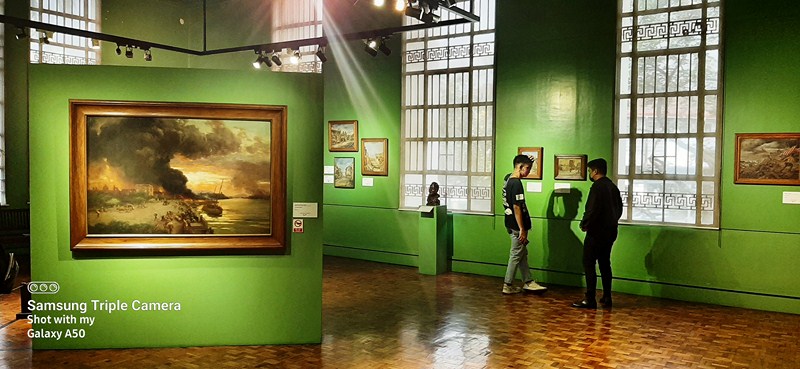
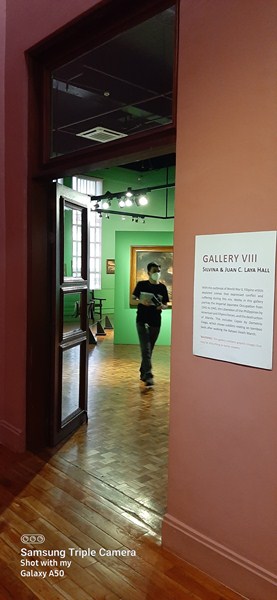
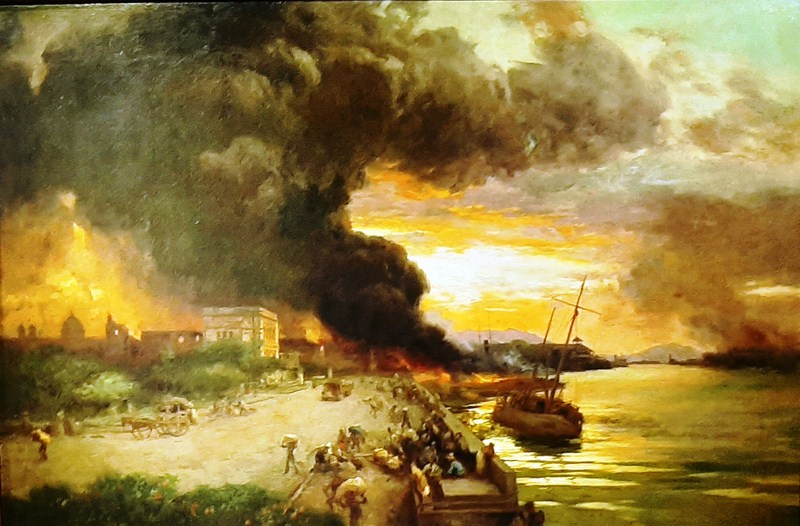
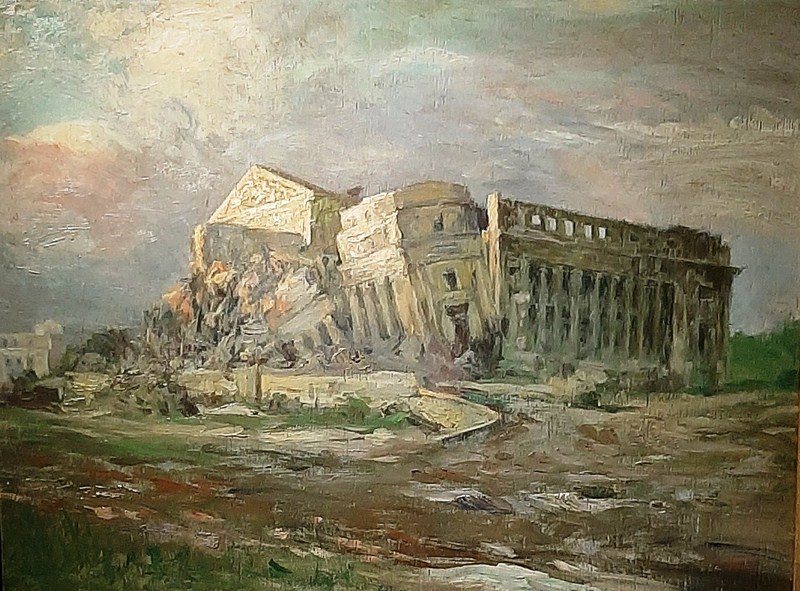
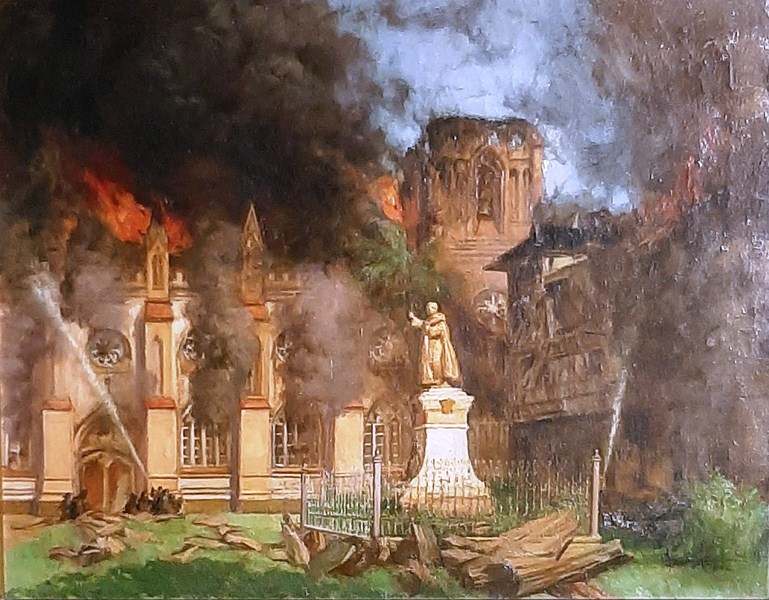
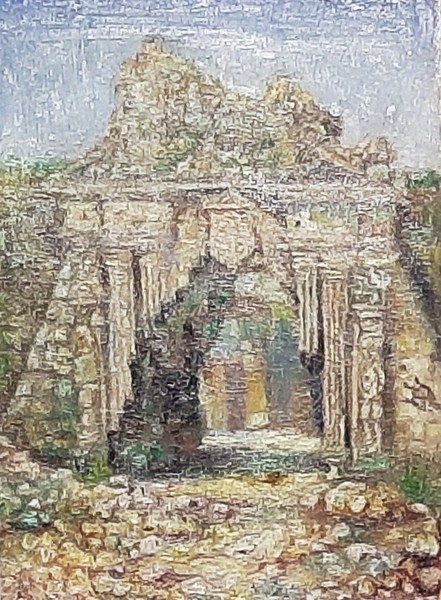
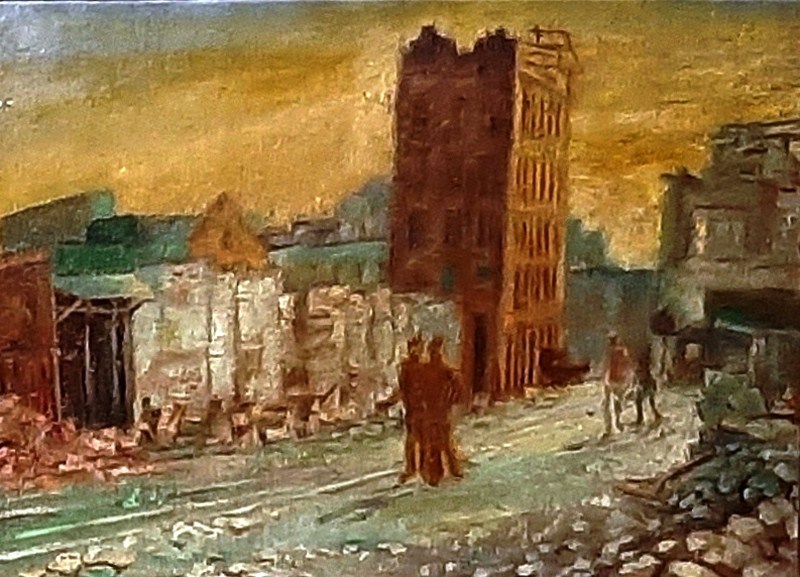

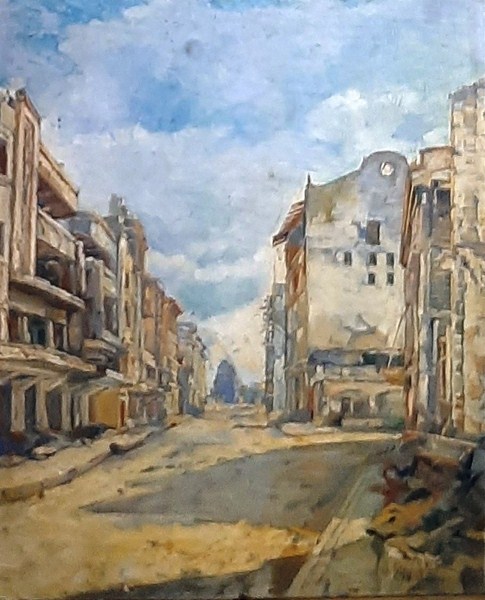
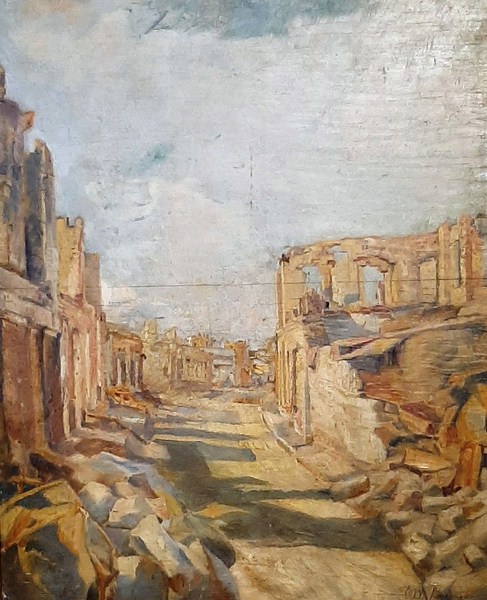
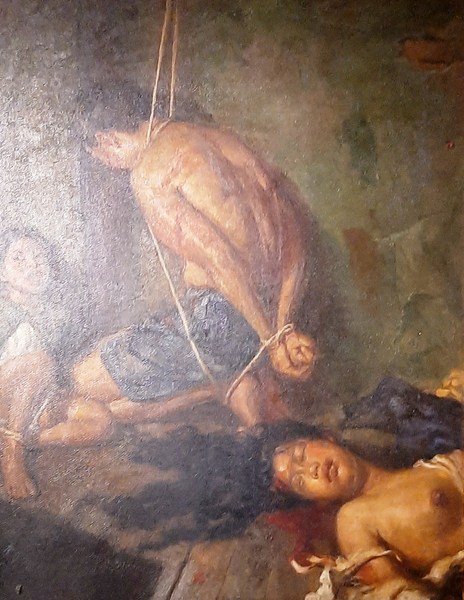
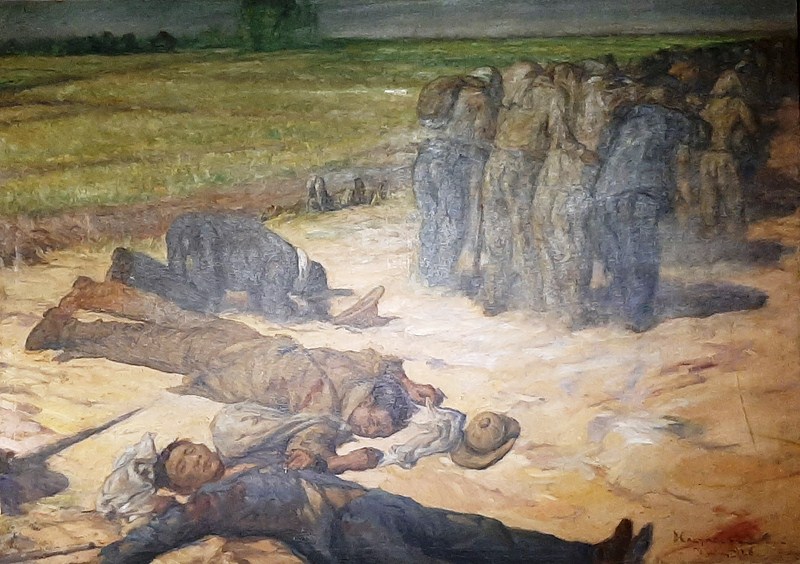
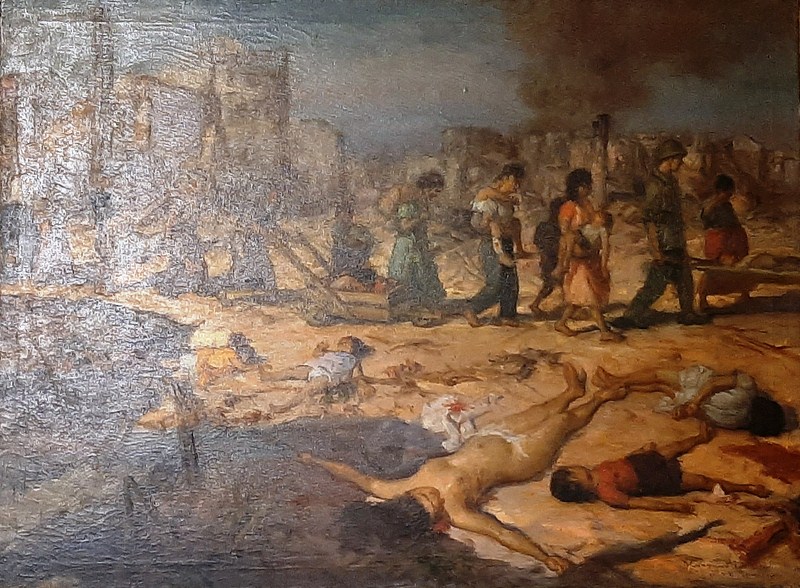
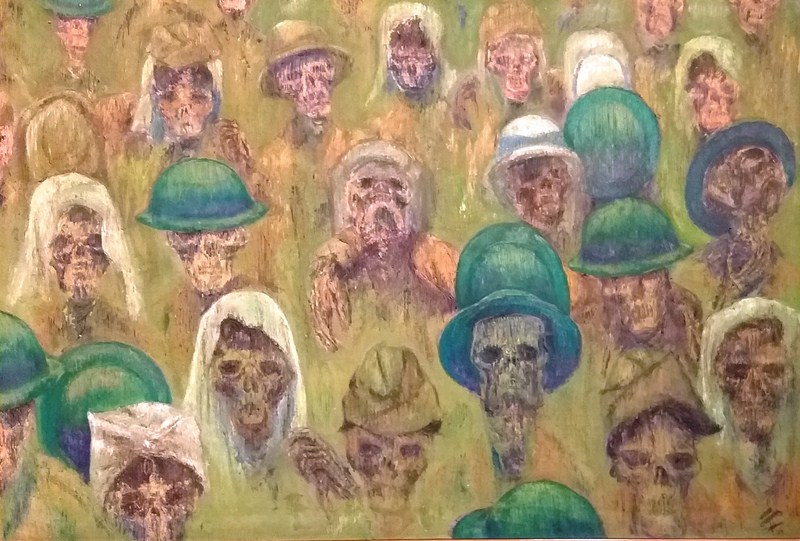
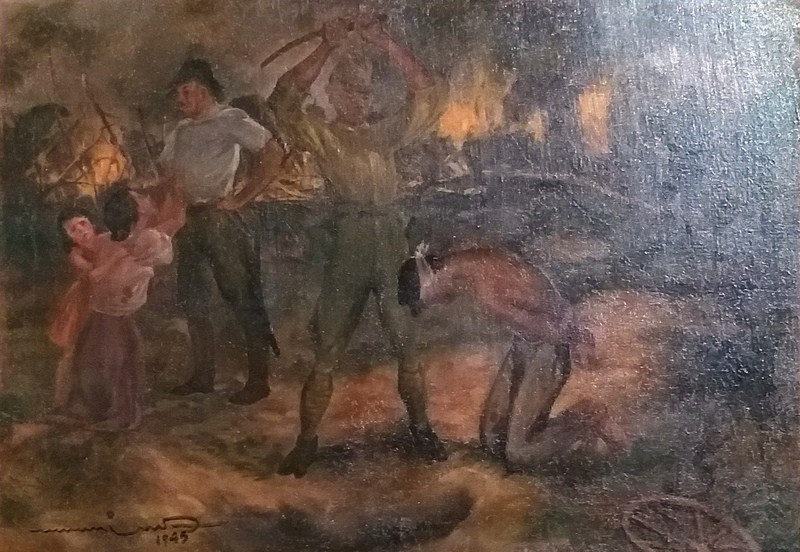
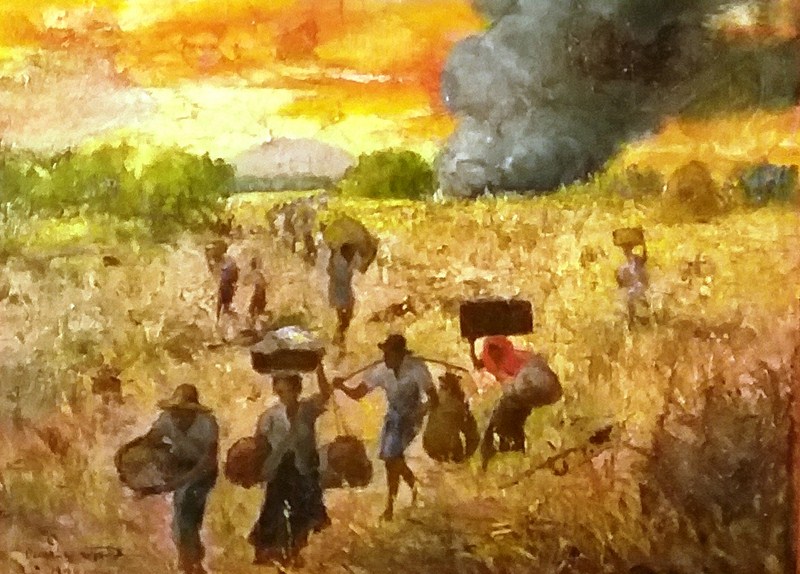
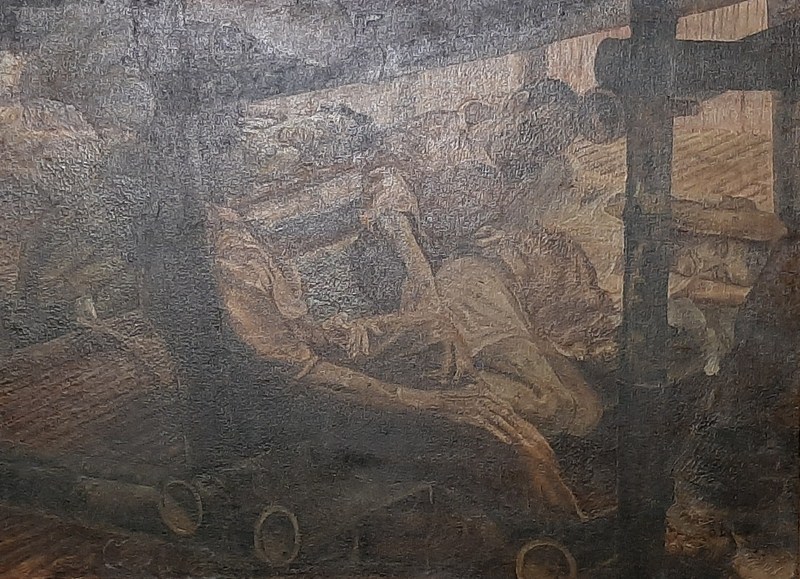
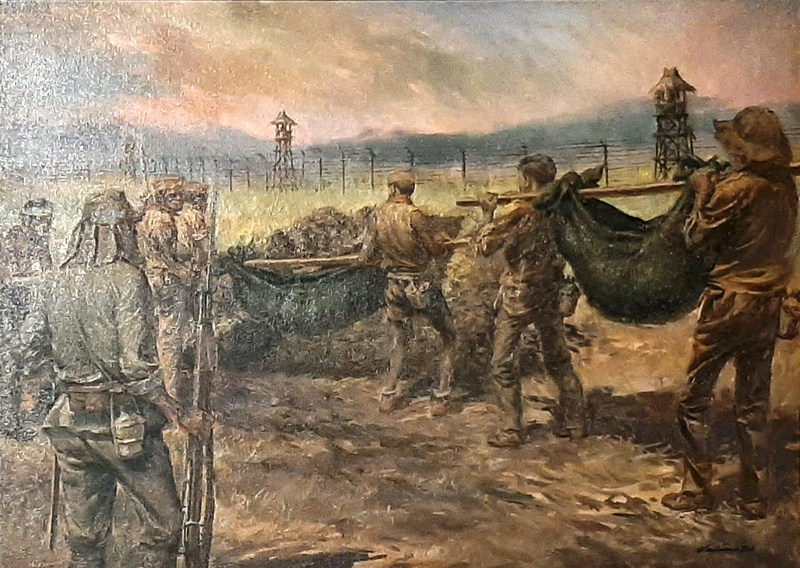
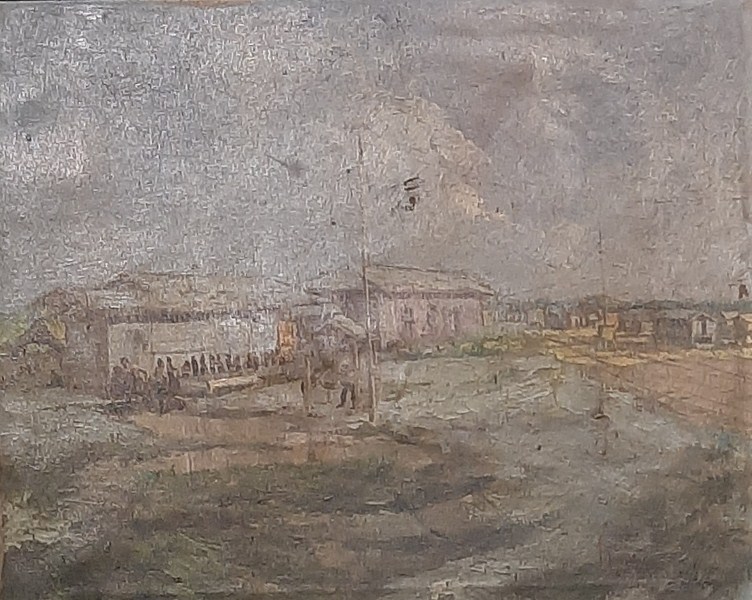
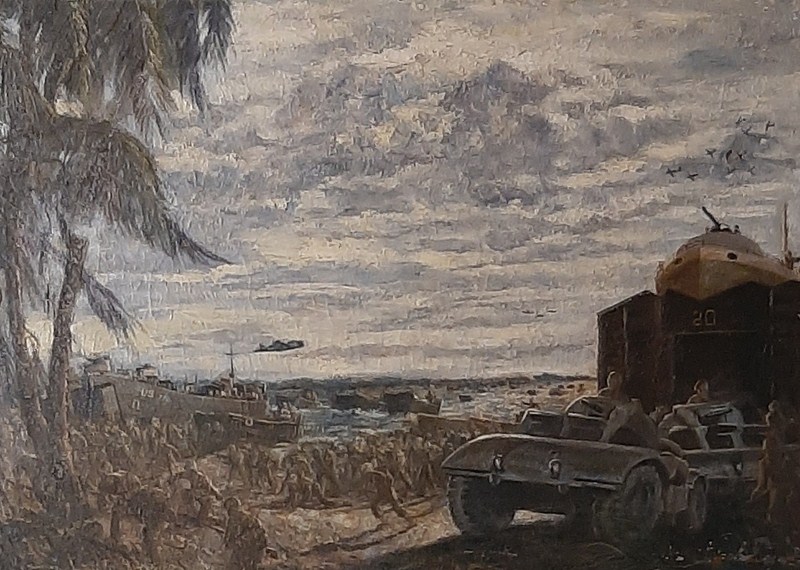
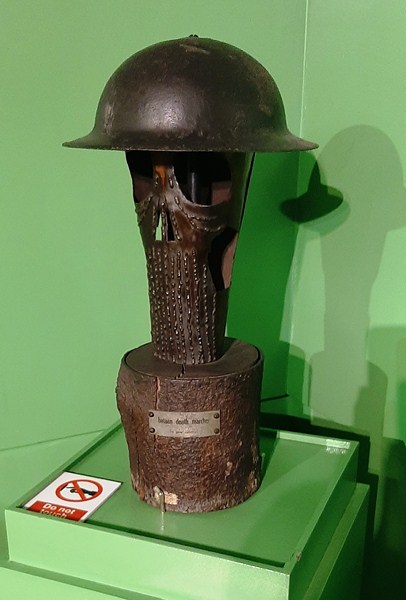
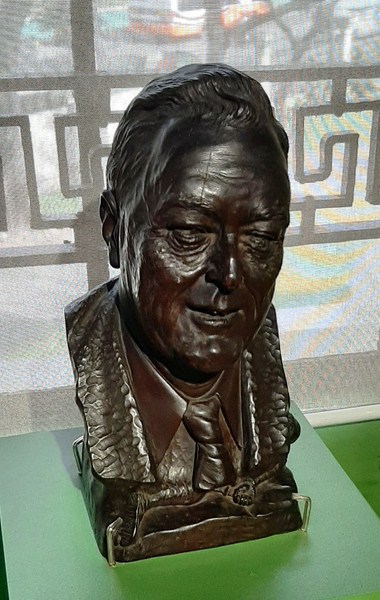
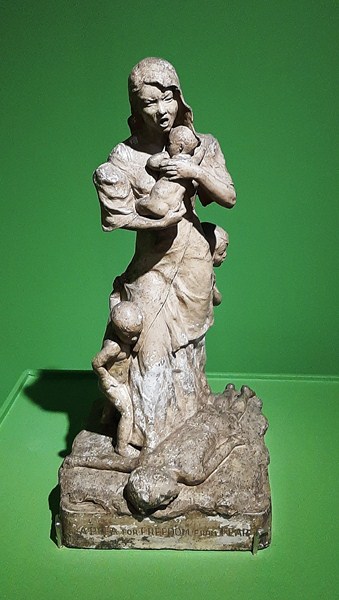
Hello benjielayug.com webmaster, Your posts are always insightful and valuable.